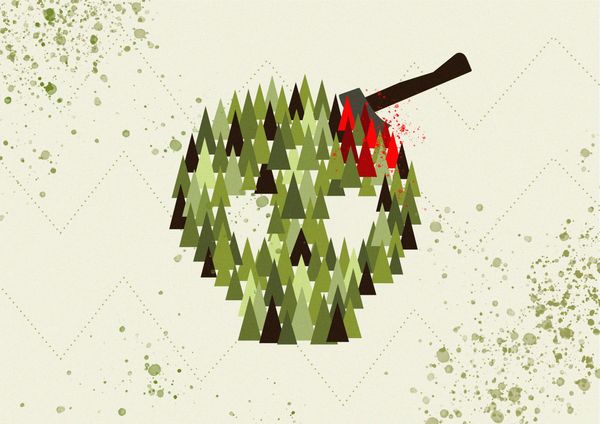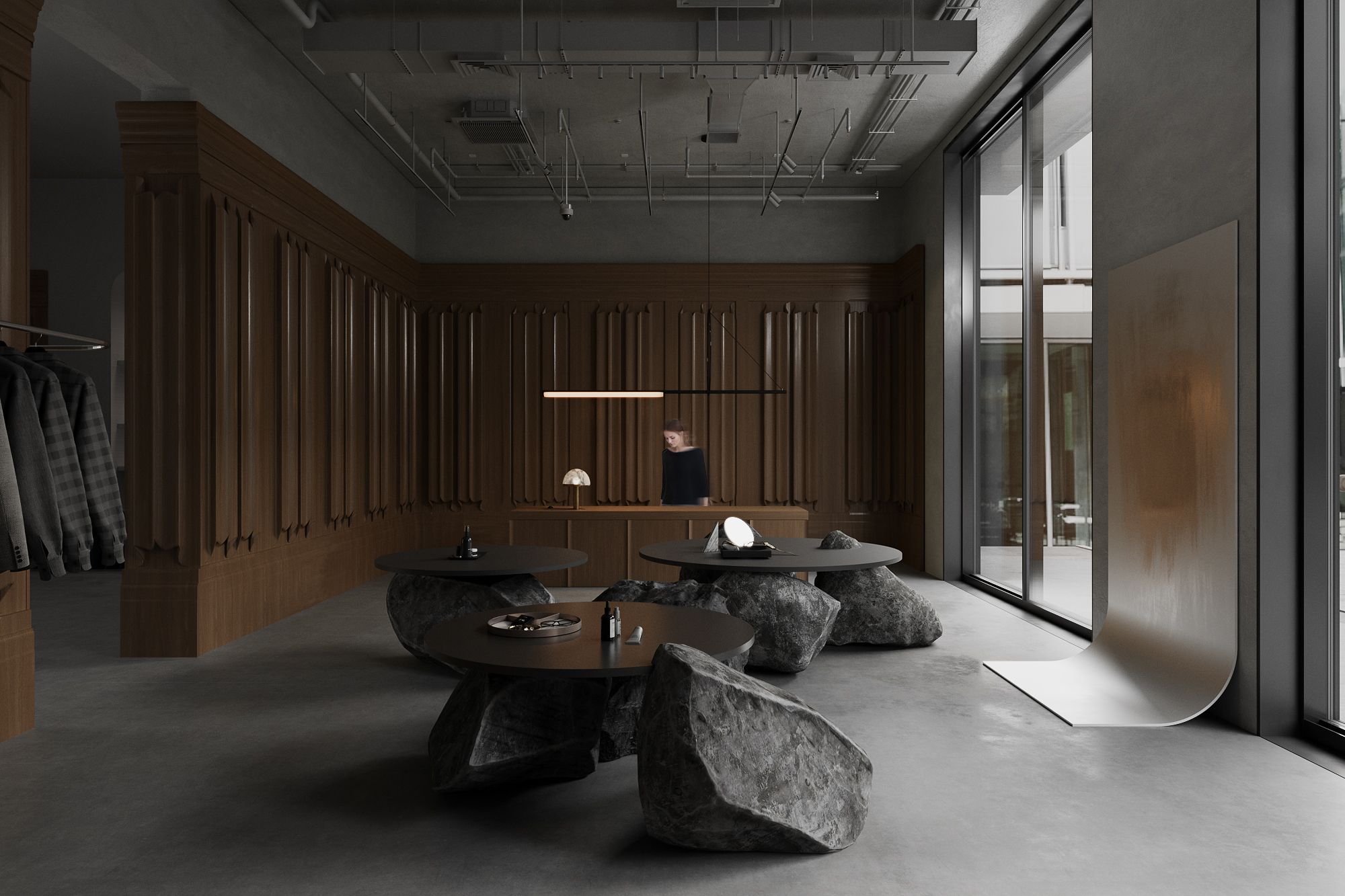It’s no secret that we’re fans of interiors with esthetic and pleasant atmospheres; where the colors, textures, furniture, and objects create something that’s hard to replicate and can instantly influence the mood of the moment. However, when it comes to interiors, the focus is often on the project itself—here, we’d like to reverse this. We’ve rounded up some of the top-talented designers from the region who follow unique visions and are worth keeping on your radar for more than just a successful project.
The sixth episode features a Hungarian, a Ukrainian, and a Czech designer.
Kati Vörös | Hungary
Kati Vörös went from a historian to an interior designer and has been commuting between Budapest and Vienna for ten years now. Her characteristic interiors feature daring solutions and color choices. „My interior design is defined by my historian perspective and working methods (such as research, analysis, contextualization, and reflection). I never start from a self-serving vision, I always begin with the specific space, the homeowner’s existing objects, and their needs. I spend a lot of time on-site, occasionally spending hours observing the apartment and the construction site before renovation. My work is not based on established panels, I’m not sitting in front of a design program, it’s the result of a discussion process with the space, its environment, and the client. The focus of my attention is the modernist architecture and object culture in Hungary, which is increasingly rejected by the authorities and society. Interior design, in my opinion, is not an aesthetic or beautifying activity, but rather one that improves the quality of life and society, and is rooted in the optimistic and emancipatory tradition of modernism,” Kati shared.

An American art collector’s home in Budapest
“The art-loving social scientist and his family had been living in this 180-square-meter apartment in a turn-of-the-century building overlooking the Basilica for ten years when they decided to renovate and redecorate it with my assistance. The photos of the newly renovated apartment have a special meaning, as they almost immediately became mementos of a once-loved home. After the expulsion of CEU, the family had to move out of town, just before they could occupy the renovated apartment.”




A colorful guest suite in the Jewish Quarter
“The 38-square-meter classic room-and-bedroom apartment is in a “Bauhaus” house built in 1940. History has not spared the inhabitants and the building itself, which at the time was considered hypermodern: in 1944 it was declared a yellow-star house and then moved inside the ghetto walls. The current owner of the apartment, a historian, lives next door and has bought this apartment as a guest suite. Apart from the colors, what pleased them most was the fact that all the basic functions (dining room, living room, bedroom, study) could be moved into a previously underused space.”





A personalized Vienna apartment for rent
“I furbished the plain, 65-square-meter, newly built apartment for myself and my husband. It shows perfectly the relevance of retro (also known as mid-century modern) style in today’s interior design. The 1960s GDR, Hungarian and English furniture, collected over the years, matches perfectly with the low-ceiling, small rooms, while instantly adding a character to a completely neutral space, where we couldn’t paint the walls or replace the kitchen.”





Dagmar Stepanova | Czech Republic
Dagmar founded Formafatal Studio in 2015. It’s based in the Czech Republic, and works on architectural and interior design projects from Prague to Costa Rica. “After 15 years of working in various architecture studios, I felt the need for creative freedom. The first Formafatal project (the interior of the Argentinean restaurant Gran Fierro) was published in Wallpaper and immediately got us some attention. Loft Hrebenky, the second project, won several awards not only in the Czech Republic, but also internationally. As a result, the studio began to expand and now has 9 members. The essence of our design praxis is to grasp the project as a whole: we approach interiors the same way we approach architecture—just on a different scale. In most of our projects, the furniture is custom-designed and custom-made, and we also place great emphasis on proportions. We like to play with colors, various textures, we always look for new possibilities and try new technologies to achieve surface finishes of common materials, all with regard to sustainability. Last but not least, we put great emphasis on lighting, as it can further underline the overall atmosphere of the space. We are also happy to collaborate with various artists whom we invite to participate in our projects. We are minimalists in architecture, prefer raw materials and swear on simplicity. We are more playful and colorful in interior design, though,” Dagmar told us.
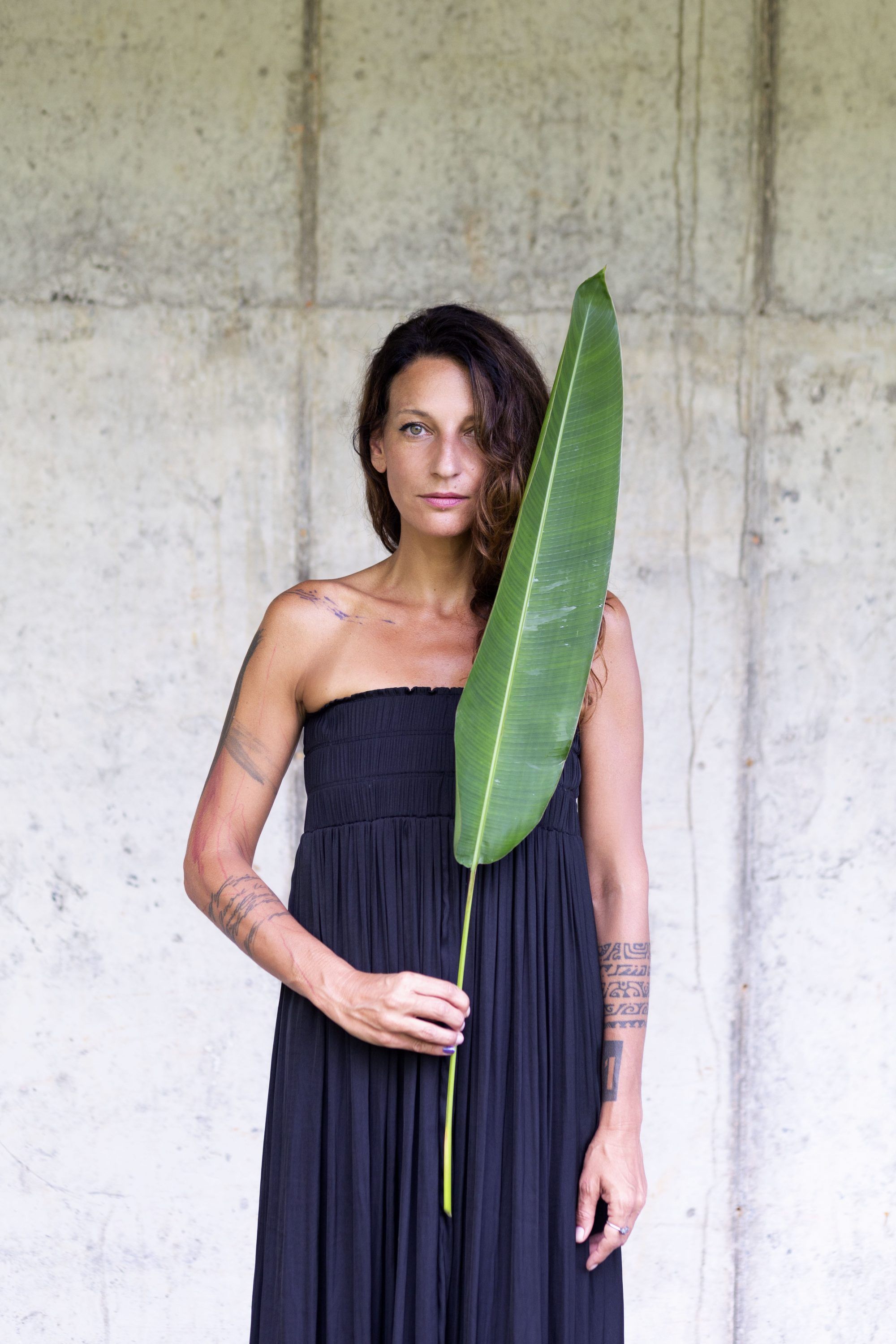
An Argentinean restaurant in Prague
“Gran Fierro is an Argentinean restaurant in the center of Prague. The main task was to use as many elements as possible form the original Gran Fwe used wood and leather, cement screed, and concrete.”
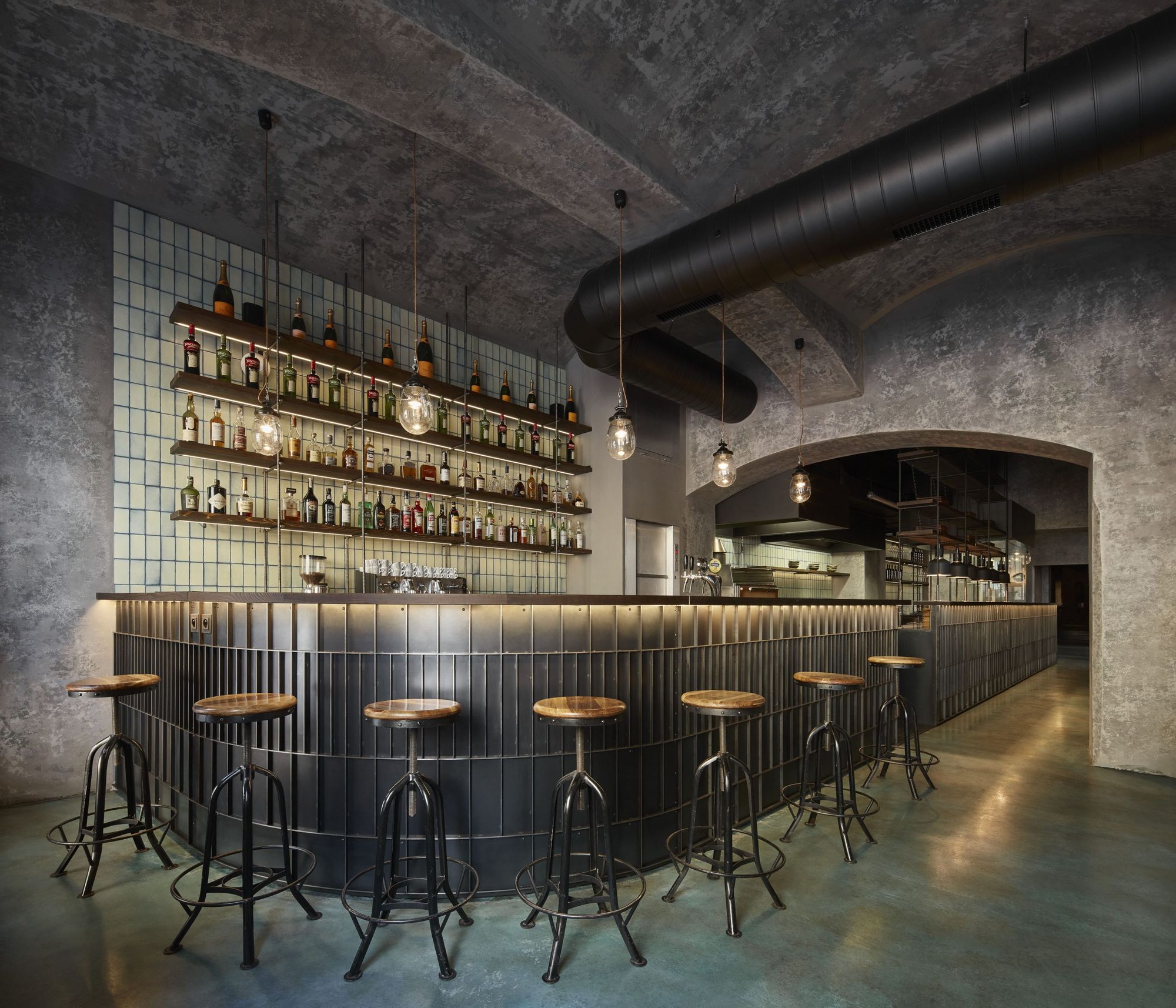
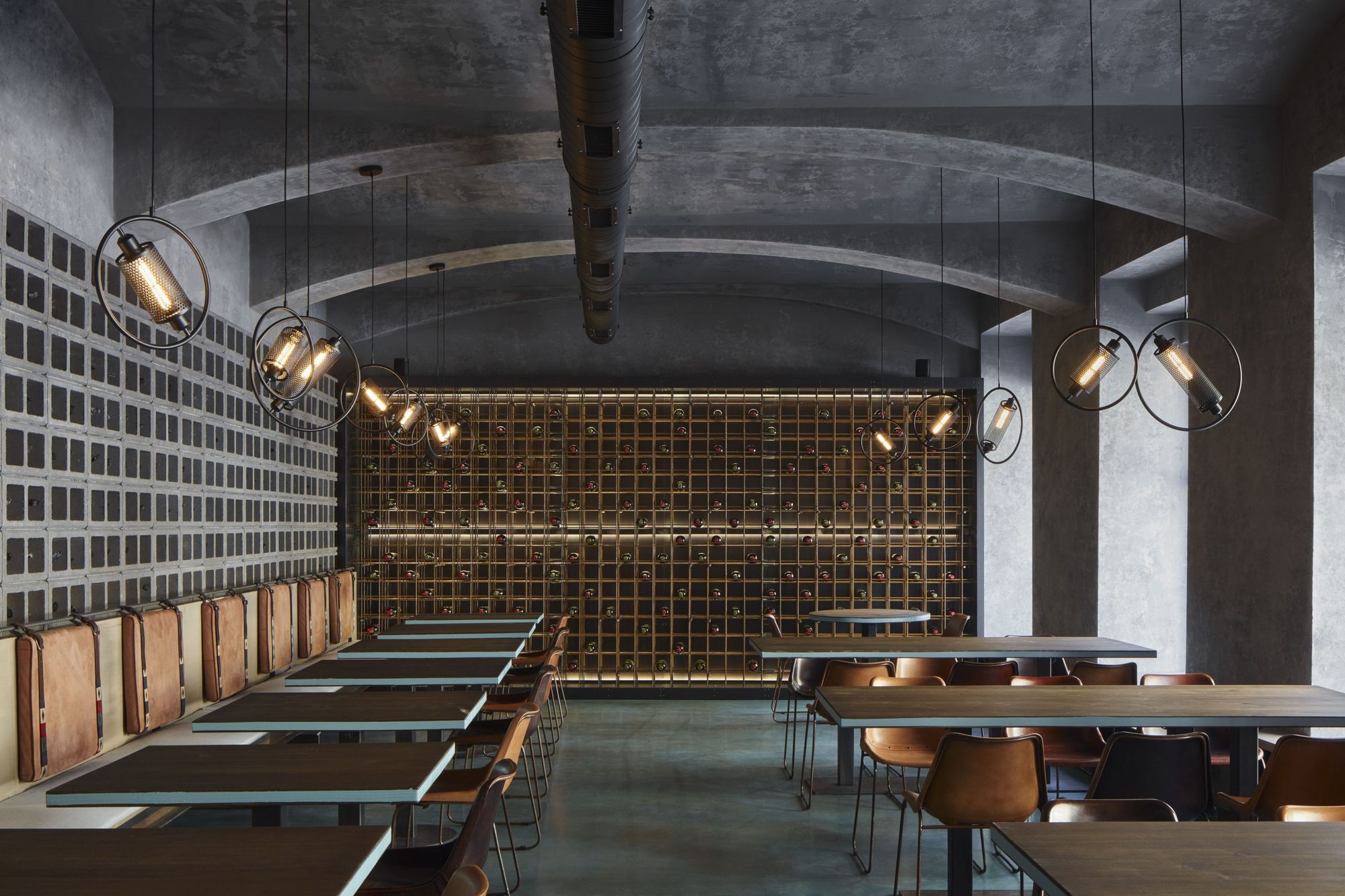
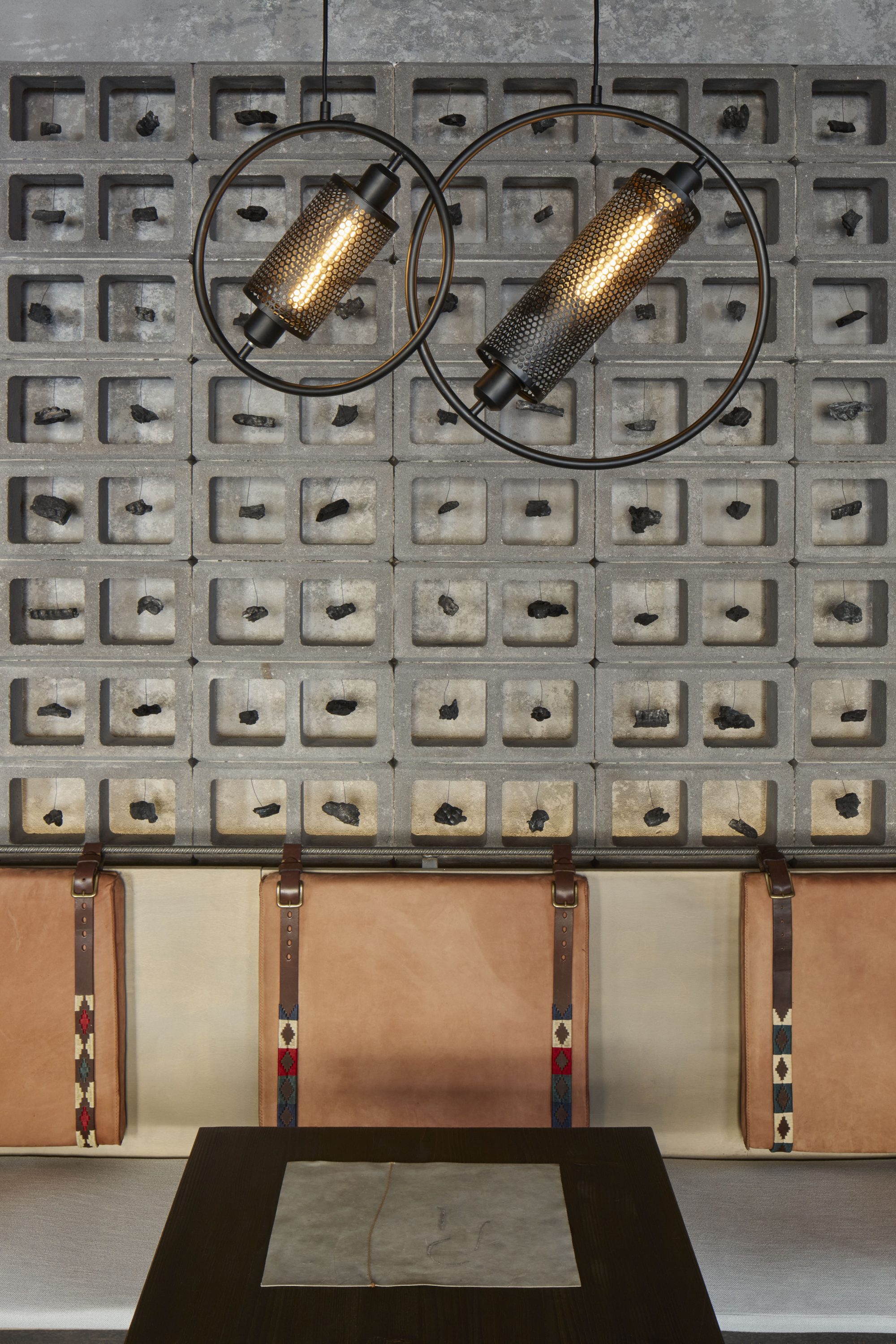

Summer villas in Costa Rica
“Nested on a jungle hill, overlooking the rich coast of Pacific Ocean, we constructed three unique summer villas for those who’d like to reconnect with nature. We were inspired not only by the surrounding lush jungle, but also in the work of the Brazilian architect Paulo Mendes da Rocha, so we intentionally left the concrete walls raw, highlighting the interior components, water, and the greenery—all together creating an unusual environment, both rough and luxurious.”
I.
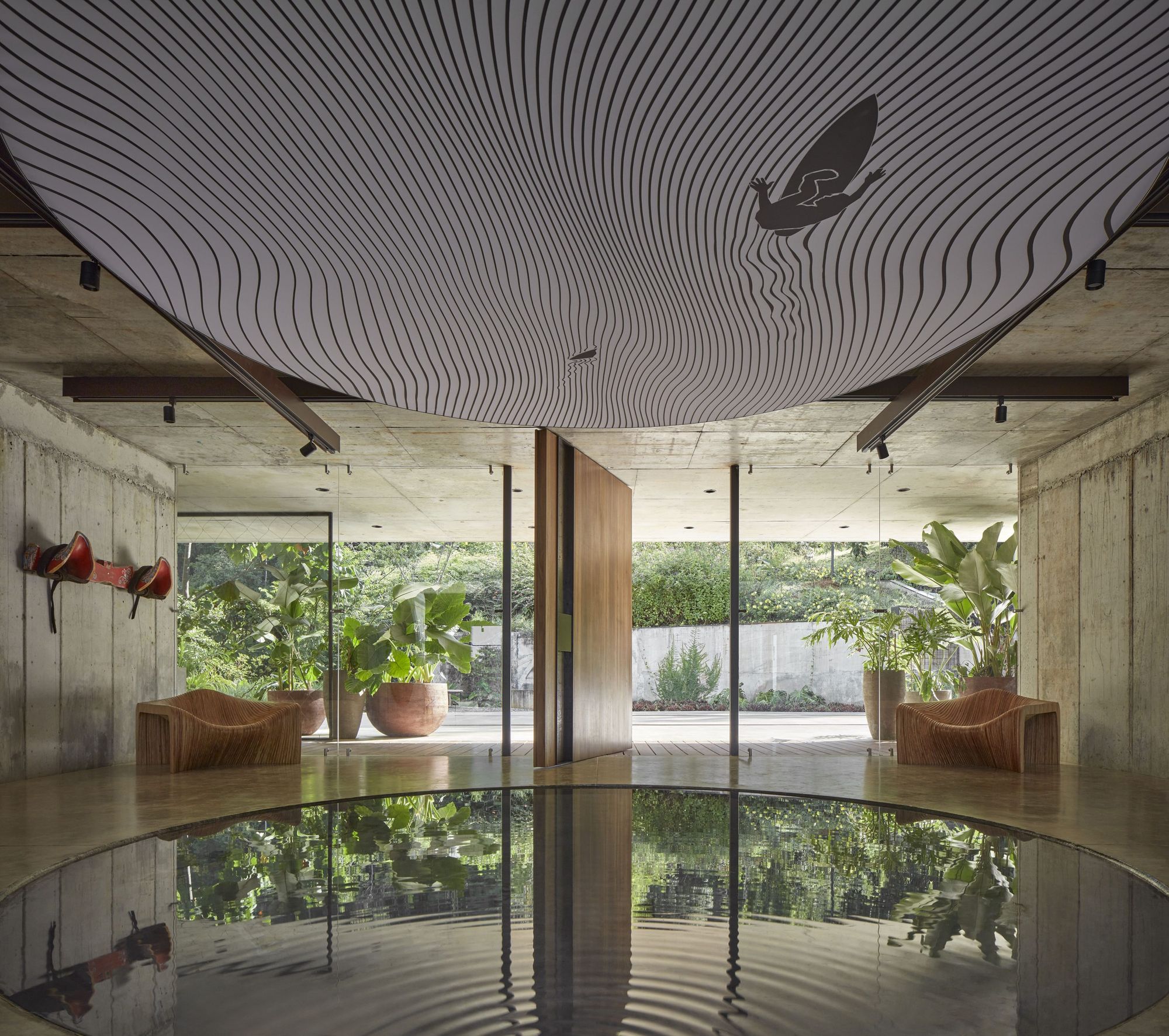
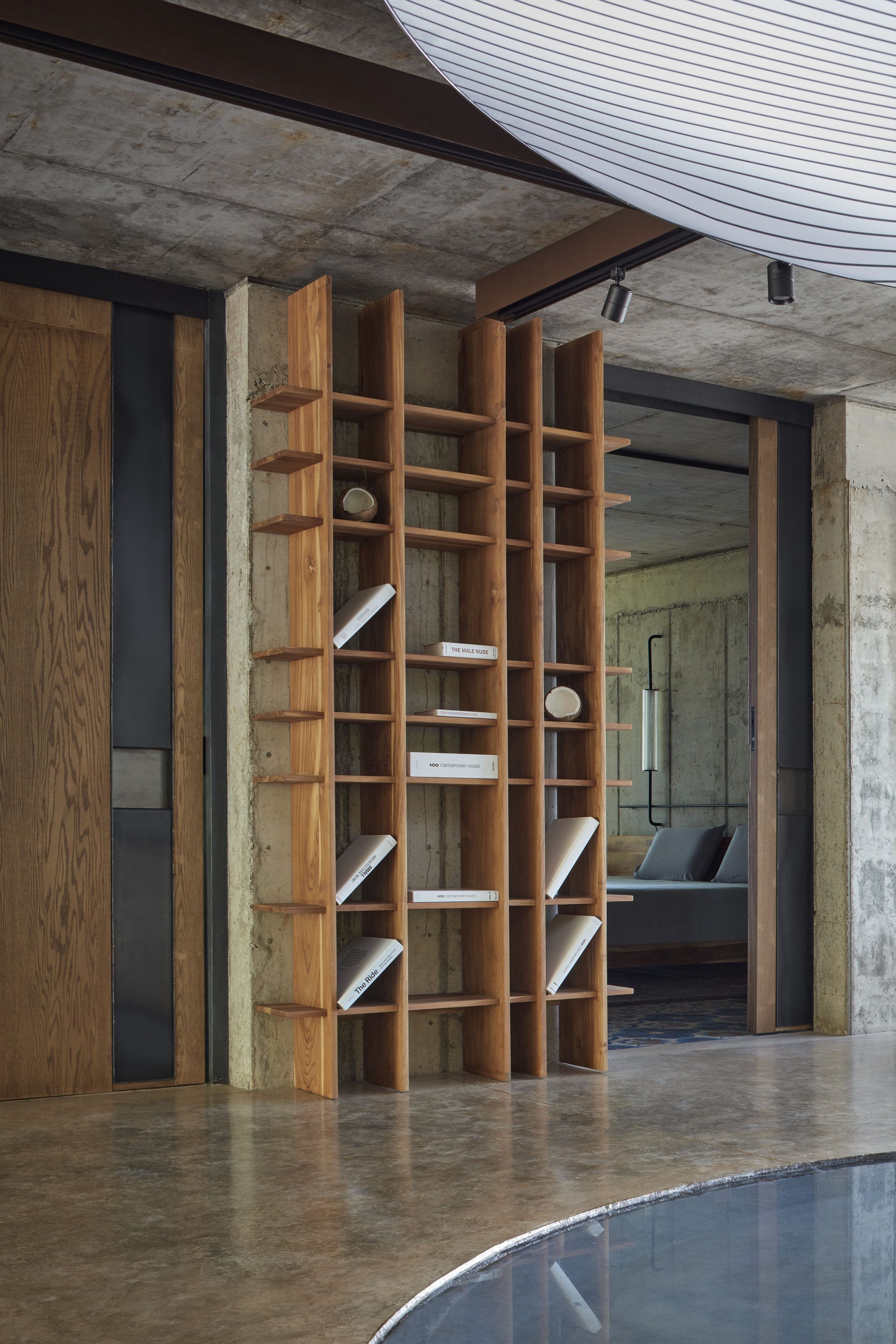

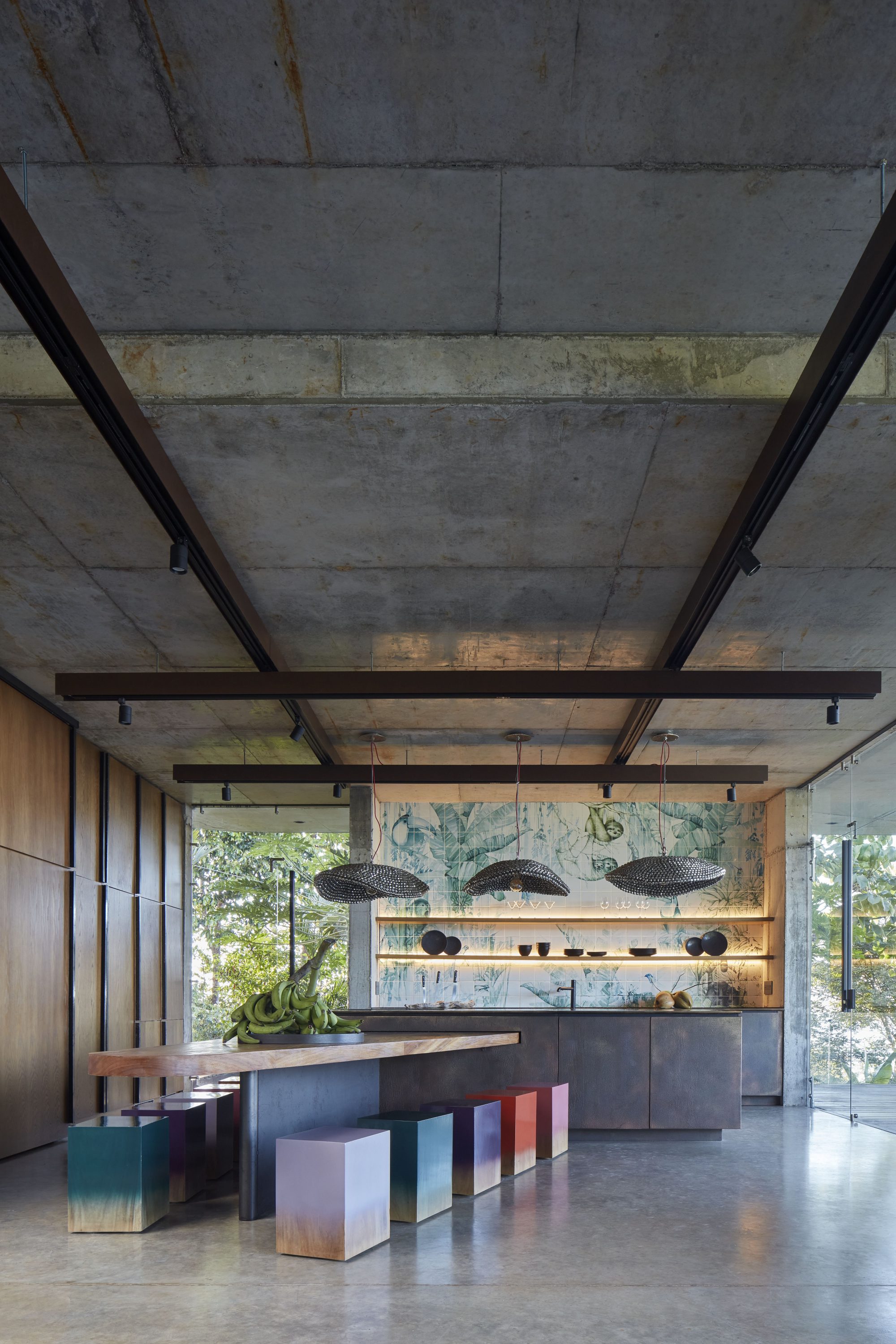
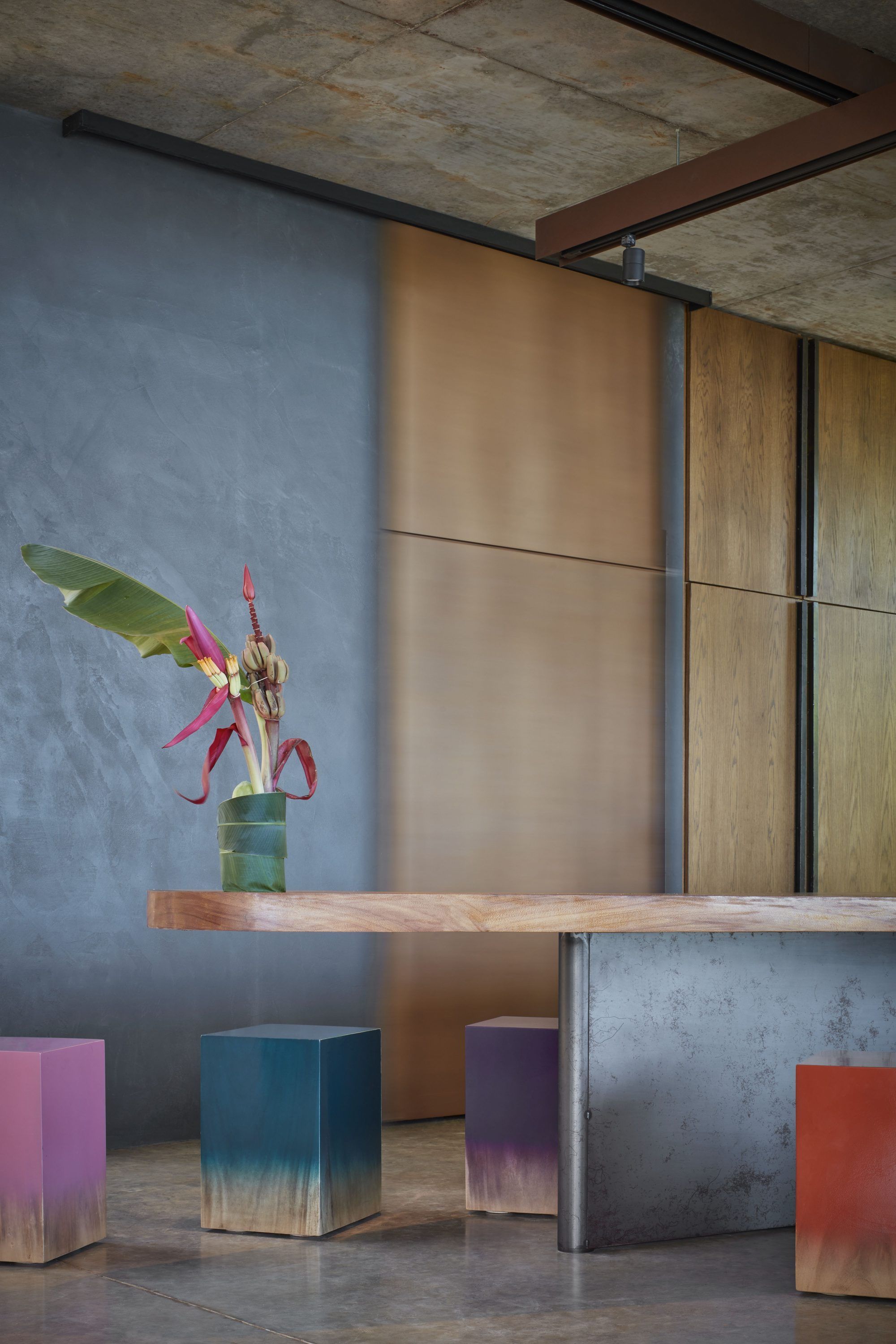
II.
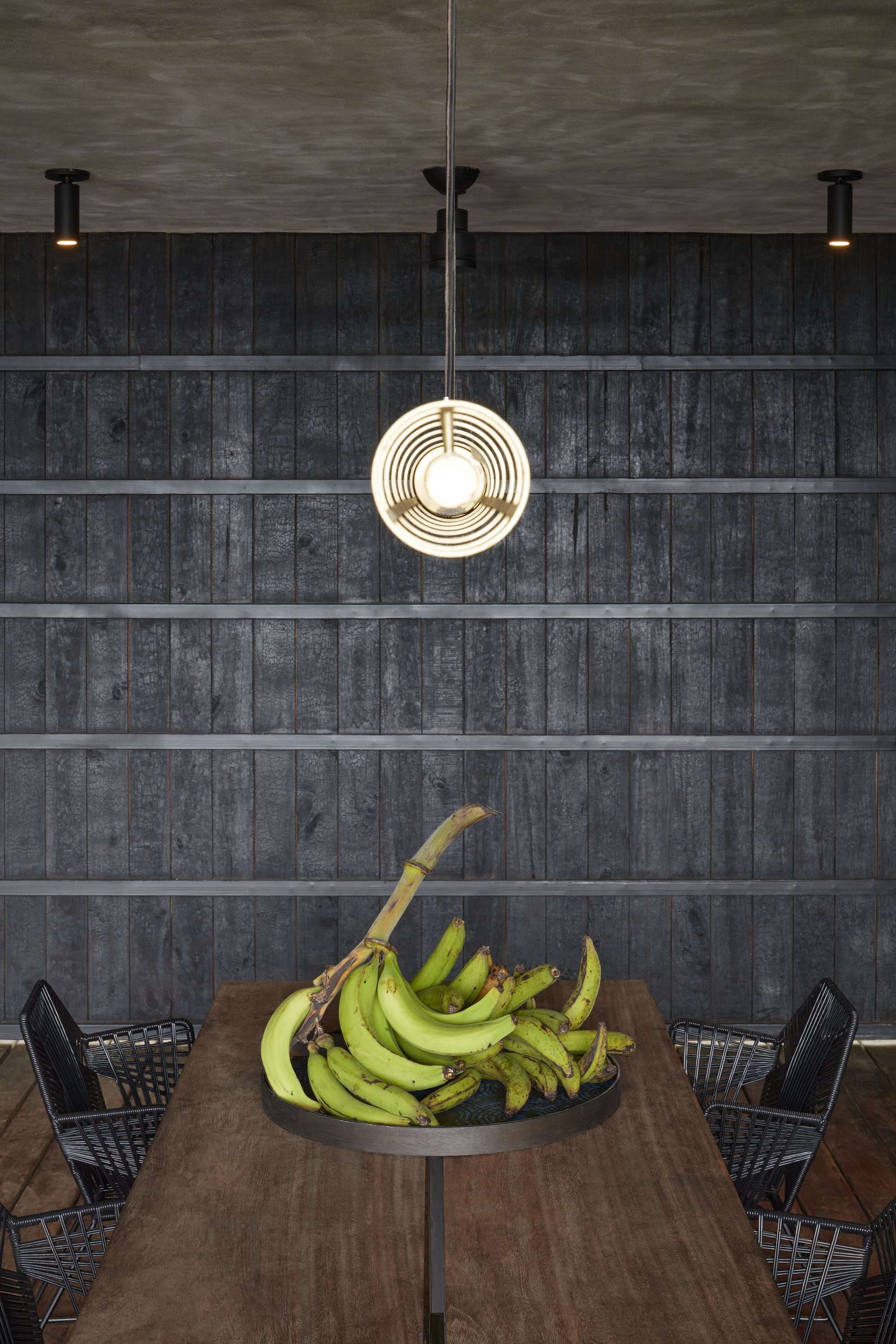
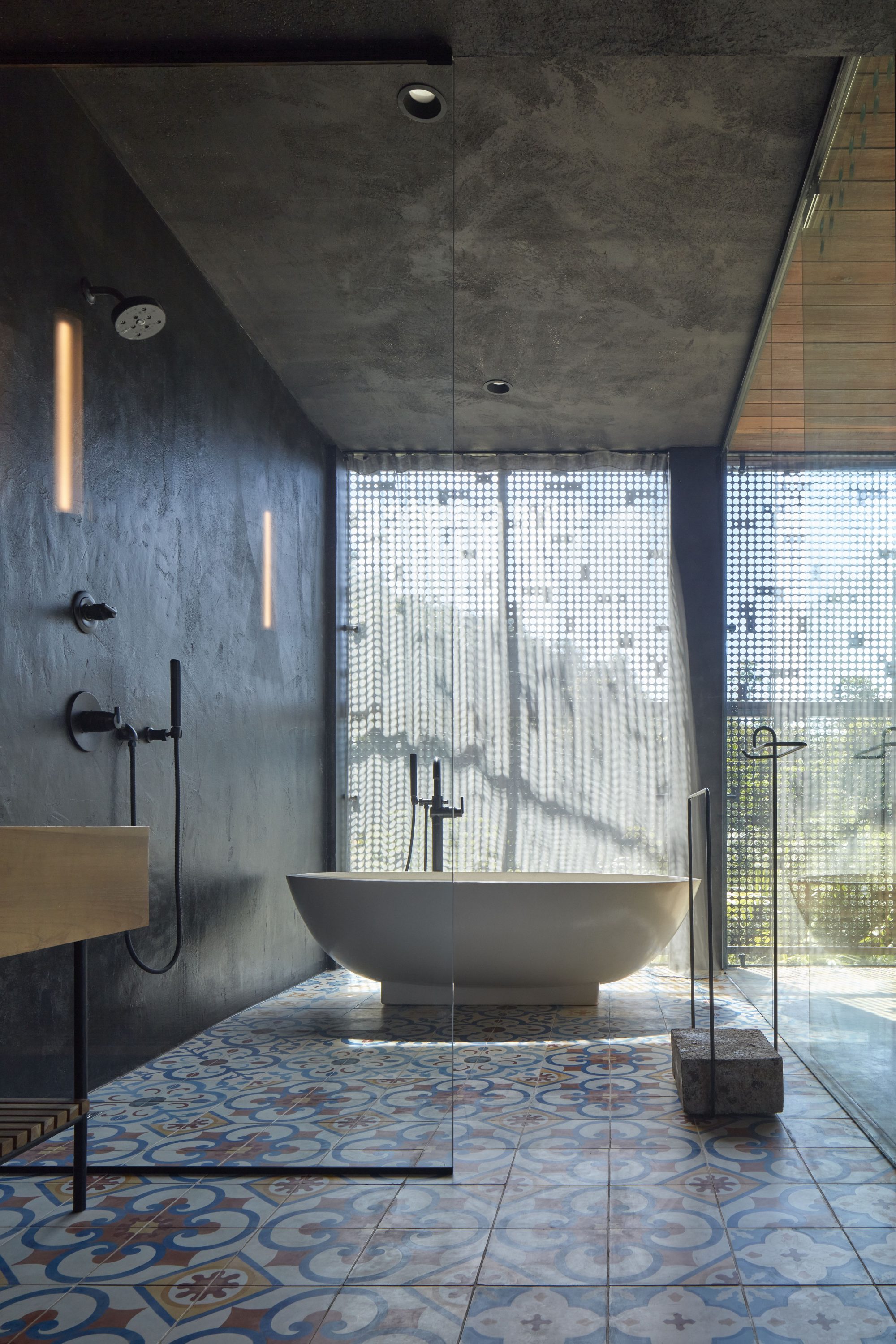
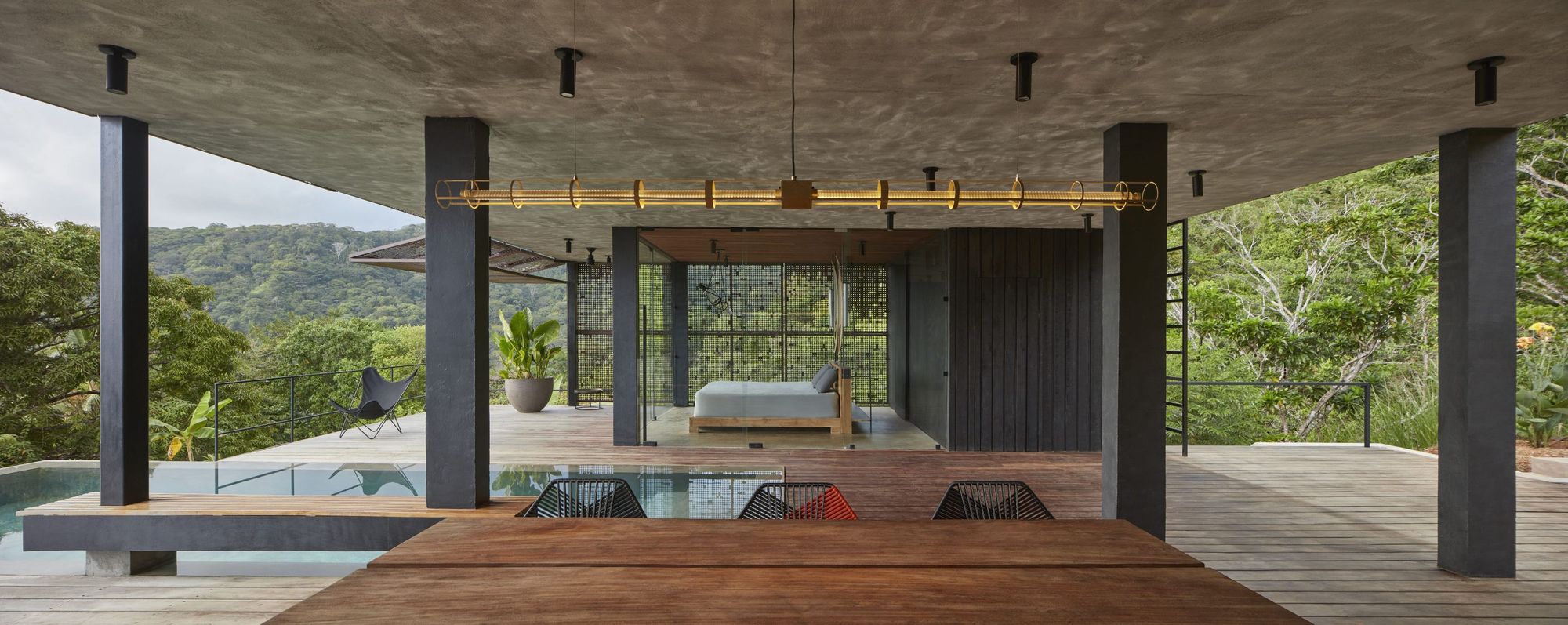
Photos: BoysPlayNice
Sofia Hupalovska | Ukraine
Sofia used to work for five years for one of the biggest architecture studio, Balbek Bureau, which we have also been following. She started her own studio in October last year, just a few months before the outbreak of the war. “Sometimes I still can’t believe that this is our reality. Our lives and projects will never be the way they were before. Everything is changing: our values, our way of thinking, our needs. But despite everything, I’m in Ukraine now and I’m not going to move anywhere. I feel that this is the best place in the world for me. We try to do our best here and are ready to rebuild our beautiful country after we win. We know—we will definitely win,” she shared about her current situation. “I think I can describe my style as begin on the border between art and interior design, I love when every view of a space has an artistic value. As for the combination of materials, we could call it intelligent brutality,” she added.

Men’s fashion store in Kyiv
In this interior we put the emphasis on the stone tables, and we played with a combination of cold and warm tones (concrete and warm wood panels). The project’s on hold due to the war.
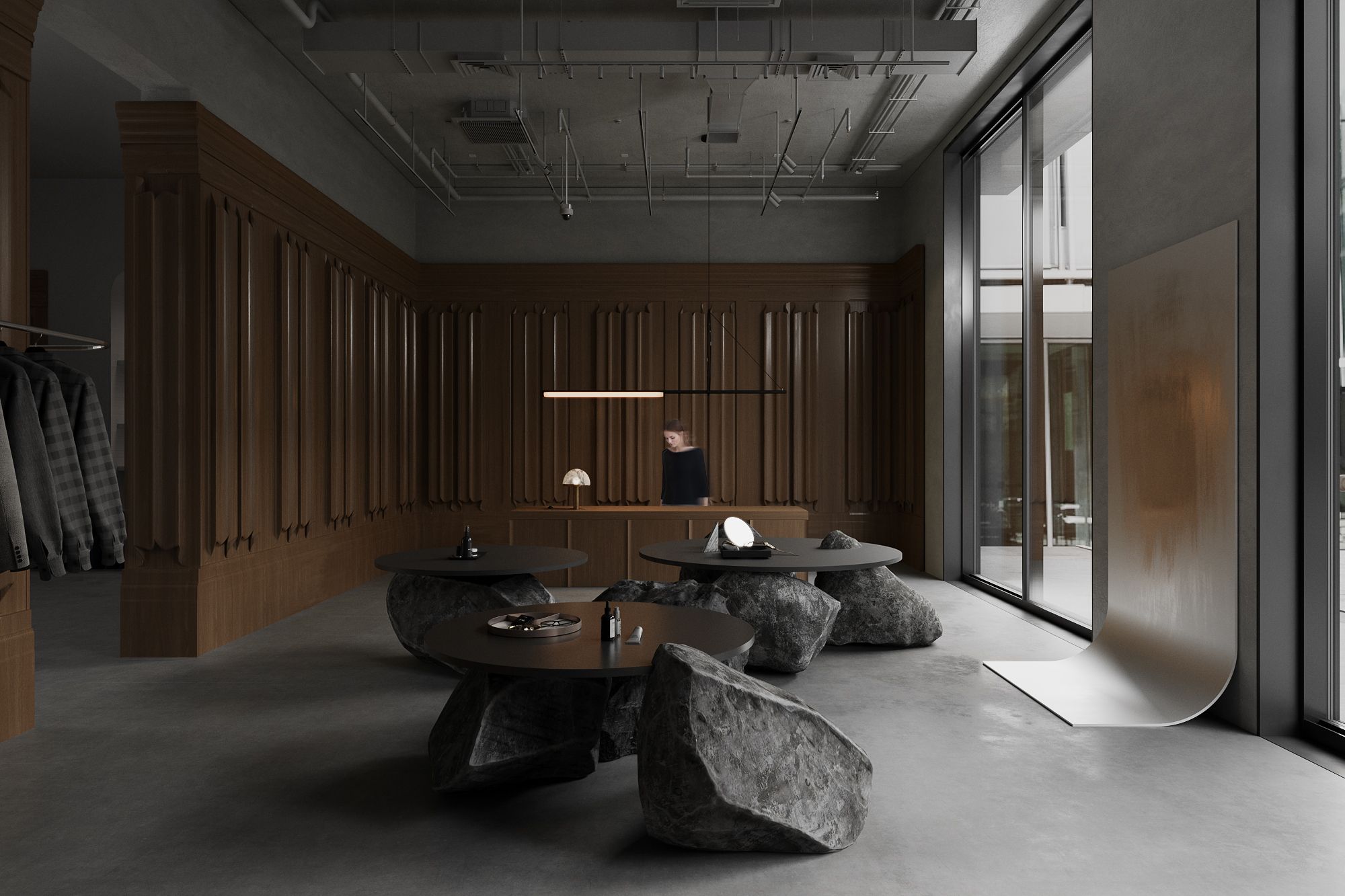


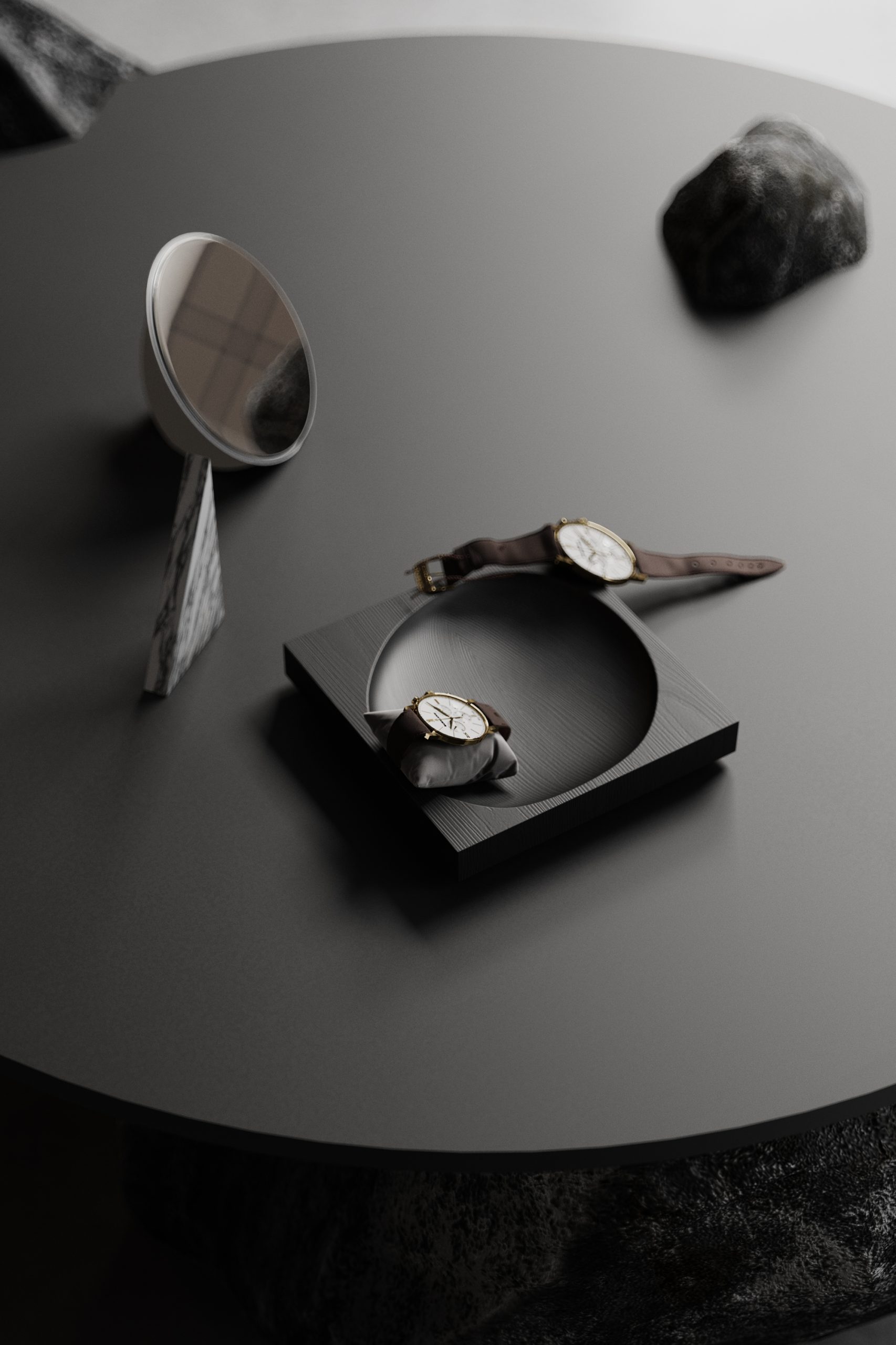
An apartment in Odessa
The apartment is located in an old building, which is why we tried to keep classic elements and combine them with interesting shapes and materials. The project’s on hold due to the war.

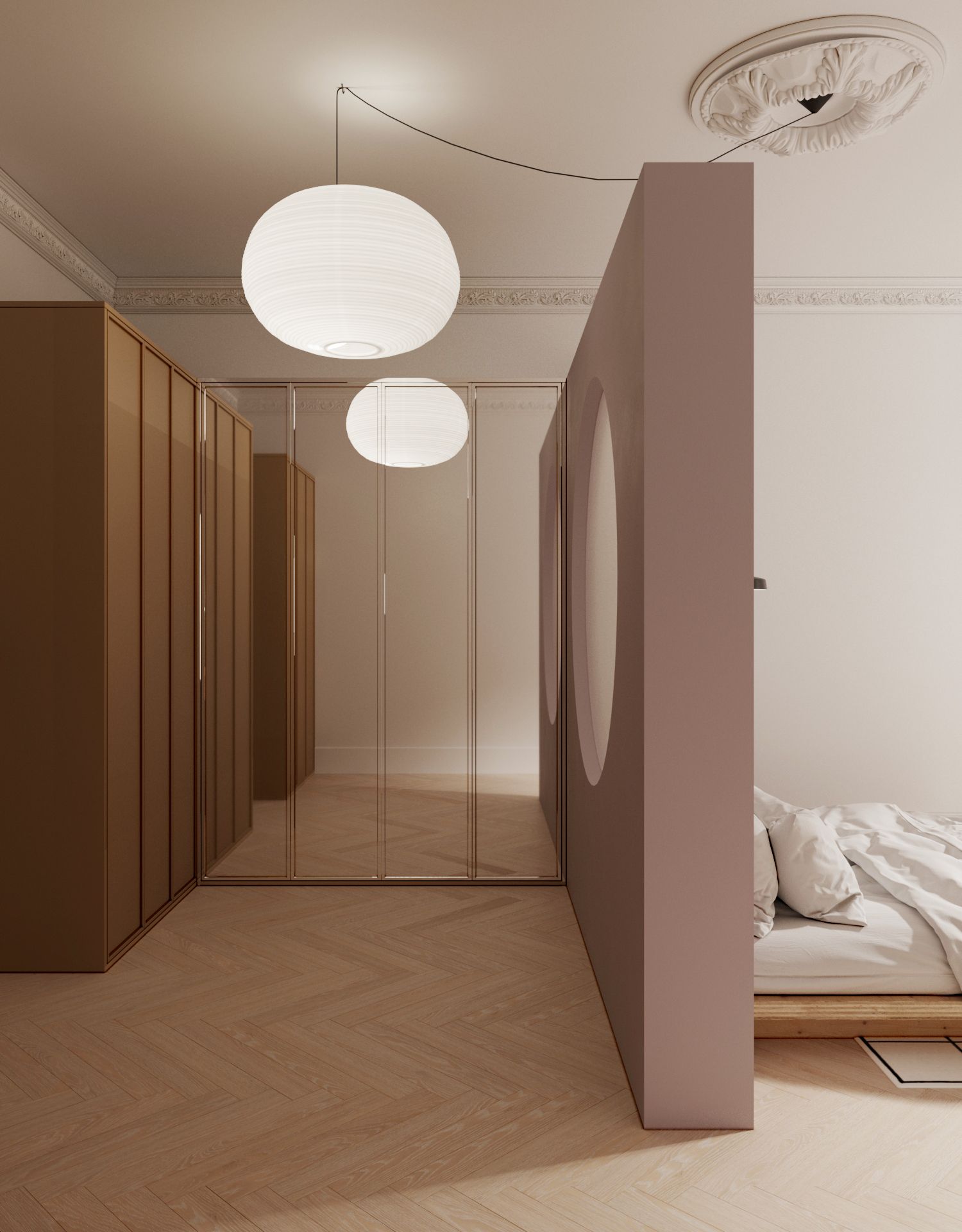
An apartment in Kyiv
The client of this project is currently fighting in the Ukrainian army. They called me a month ago and said: “We must continue, as we believe in our bright future.”



Kati Vörös | Instagram
Formafatal | Web | Facebook | Instagram
Sofiia Hupalovska | Instagram

Prague’s Manifesto Market awaits city dwellers at a new location
